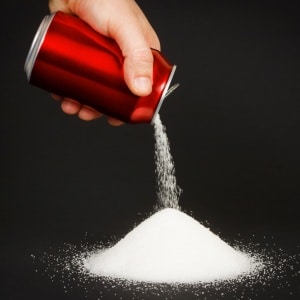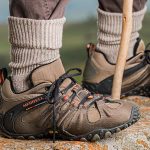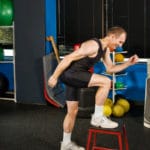
November 2019
Running Economy and How You Run
MaxVO2 is your body’s maximal oxygen uptake and use capacity. But this only tells how fit you are while your running economy (RE) tells how much energy you use relative to the distance you run. And it’s a better predictor of your racing skills.
A study from Portugal explored how the kinematics (how the joints moved) of 20 recreational runners affected their RE. They also aimed to identify the kinematic predictors of their most efficient RE intensity.
Each subject ran at 3 submaximal speeds (relative to the speed at maxVO2) on an instrumented treadmill with high-speed cameras that allowed the researchers to observe joint angles at various phases of their strides. Hip, knee and ankle angles at foot strike and stance phases plus spatio-temporal parameters were calculated during various phases of the gait cycle.
They found that the amount of knee flexions/extension range of motion at foot strike impacts RE: the greater the knee bending, the worse the RE, within limits. Hitting the ground with too straight a knee does not improve RE. A reduced time and range of the flexion/extension of the knee – called ‘stiffness’ – may actually enhance RE.
Too, excessive knee and hip abduction and adduction detracts from RE.These were also the top kinematic predictors at each runner’s most economical submaximal speed.
Finally, in contrast to other studies, none of the spatio-temporal parameters (stride length, rate, etc.) impacted RE, likely because runners subconsciously adapted the speed he/she ran in order to optimize RE. For more on running mechanics, see this, this and this.
JSCR July 2019
To Substitute or Go For It – Sugar, that is
Sugar substitutes (SS) have come a long way since saccharin. Since it was removed from the markets in the 1970s based on increased risk of cancer in rats given above-normal doses, SS have gone through many iterations to pass the taste and safety tests of consumers and the FDA. Tufts University is one of the top nutrition science and policy institutes in the world. This review summarizes the health benefits and risks of many of these in light of the known detrimental effects of excess sugar consumption such as heart disease, diabetes and excess weight.

As for safety, “at current intake levels there appear to be no health concerns.” A recent study in Circulation of ~38,000 men and 80,500 women over 30 years found no significant association between SS beverage intake and cancer deaths. Same for heart disease. However, a couple studies have shown possible increased risk for strokes and Alzheimer’s. But remember, these are observational studies; SS users are often overweight or obese, so this might be an associative, not causal, link.
Tufts Nutrition Letter Supplement, Sept. 2019
Tid Bits
A UK study of 16 resistance-trained males who normally eat breakfast had some eat breakfast while others did not before a morning weight training session. Those who fasted were not only hungrier and had a greater desire to eat – DUH – they also did not lift as well. For example, they did about 10 fewer reps on squats and 2 fewer on bench presses. So if you’re a breakfast eater and morning lifter, don’t skip that morning meal. JSCR, July 2019
A June 2019 article in the Journal of the American College of Cardiology reports that years after a cardiac event or the development of angina, people are more likely to experience cognitive decline. They followed disease-free subjects for 12 years with cognitive testing 3 times over the course of the study. Almost 6% developed angina or had a heart attack. Prior to that or shortly afterward, none had demonstrated cognitive decline. In the years that followed, though, they did. The authors can’t explain why but want to alert doctors to keep an eye out on these patients. Harvard Women’s Health Watch, Sept. 2019
A study of 126,356 patients who’d been referred to the Cleveland Clinic for testing between 1991 and 2015 parsed out three data points of a stress test to estimate longevity. They came up with gender-specific formulae to estimate how long patients would live based on 9,929 deaths over 8.7 years follow up. They found that your exercise capacity (measured in METS), your heart rate response to exercise and your heart rate recovery allowed them to determine your prospects for living longer better than did your chronological age. In fact, mortality risk was linked more to “poor cardiorespiratory fitness [which] was equal to or greater than traditional risk factors” like smoking and diabetes. Cleveland Clinic Heart Advisor, Sept. 2019















